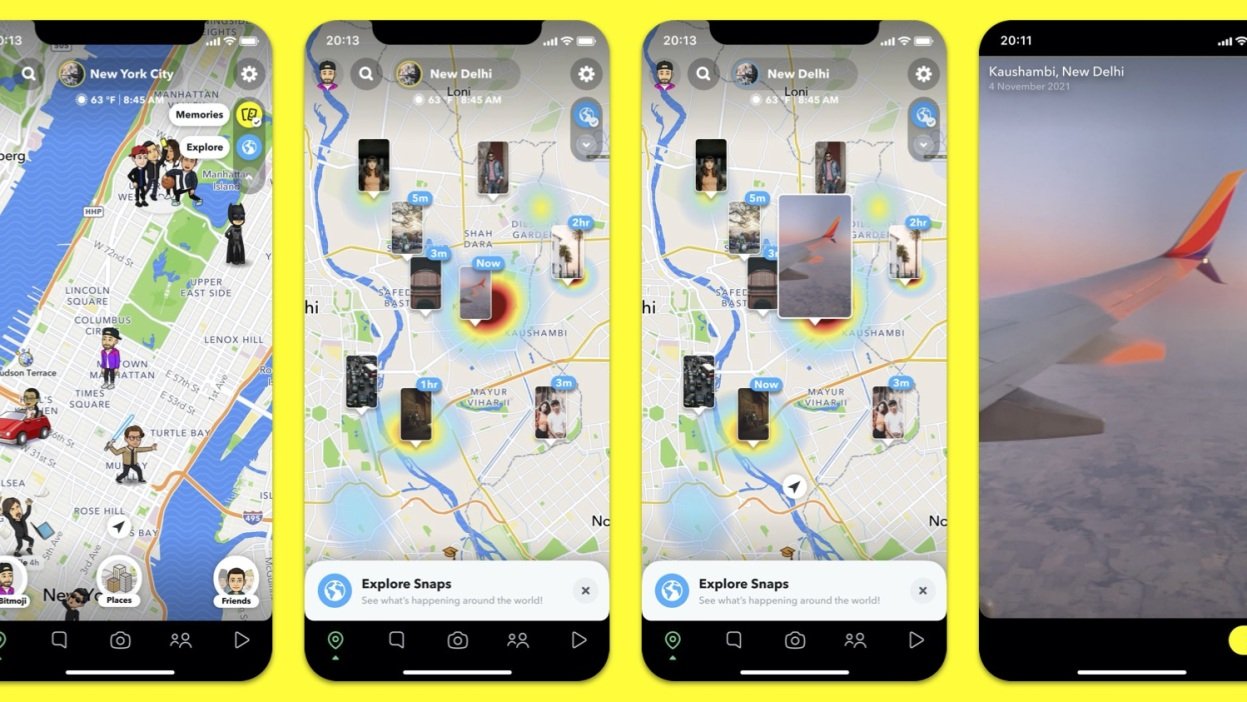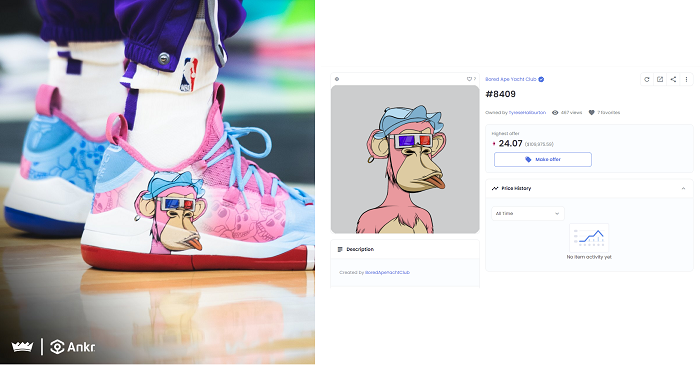I refer to the first post of the year as Trendapalooza – a round-up of all of the decks, docs, and sites published over the last month that predict the year ahead for marketers. It’s interesting to see the themes that bubble up across different sources – this year it’s the metaverse, data / privacy in advertising, brand purpose / ethics, hybrid consumer / employee experiences, and “the new normal” – whatever that turns out to be. Lots of interesting stuff this year. Below are the 10 sources that I found most useful:
1. Deloitte Global Marketing Trends: This deck covers 8 different marketing strategy trends, geared for CMOs. Highlight: Brand Purpose needs to grow beyond a tool to be used to differentiate your brand and attract customers to be a tool to guide team actions. “High-growth brands are 66% more likely to see purpose as a means to guiding employee decision making.” Walk the talk.
2. Mintel Global Consumer Trends: An inspiring deck (worth the download) that covers 4 societal trends with commercial implications. Highlight: Related to the topic of Brand Purpose, Mintel research indicates that “consumers have moved beyond simply wanting brands to ‘be ethical’ and are demanding to see measurable, transparent and consistent actions”. This desire for greater transparency and answers connects with the trend highlighted below – ‘information layers’.
3. Fjord Trends 2020: Covers 5 macro societal themes, connecting to implications and opportunities for businesses. Highlight: In the ‘This Much is True’ trend, Fjord introduces (at least to me) the concept of ‘information layers’ – and how brands need to determine how much and what type of information they will provide to serve customers, “providing the right answer at the right time in the right way”. This is a useful mental model for considering AR opportunities – what informational layer will you place on a physical object or environment?
4. Foresight Factory: Covers a mix of cultural trends, with illustrative examples and fun creative extrapolations. Highlight: The trend of Mood-Making; being more conscious of your mood and active in trying to change it through monitoring, media, and – ahem - drugs. Brands can “help consumers rebuild the emotional deficit caused by the pandemic.” Also connects to the trend of helping customers better visualize, track, and manage personal health and financial data.
5. GWI Consumer Trends: Covers themes that intersect customer behaviour with technology and media. Highlight: In the Attention Economy section, GWI covers how media habits have changed over the past year. Interesting to see how gaming is booming and audio content consumption is changing due in part to the pandemic. Not just usage, but context. “Podcasts have always been linked closely with traveling to work, but that overlooks how much they’re ingrained in domestic environments.” Anyone else find themselves wandering around their house wearing AirPods?
6. Sparks & Honey Business Bets: Interesting deck that tracks different trends in part based on a ‘Cultural Energy Score’. Highlight: Related to the growth of audio content, this report calls for businesses to bet on audio as a gateway to the Metaverse. Lots of evidence of audio being an important opportunity for augmented reality (no goofy AR eyewear). The deck also includes my new favourite digital buzzword: “earable computing” – referring to how we can design experiences in sonic places.
7. Pinterest Predicts: A fun, visual report that covers global consumer trends based on search behaviour on the platform. Highlight: Lots to choose from here, but as the proud owner of a Covid-Puppy I have to shout-out the ‘Barkitecture’ trends – people searching for ways to build luxury dog rooms and to “catify” their homes. My dog received more presents under the tree than I did this year, so I suspect this trend is sure bet.
8. Hootsuite Social Trends: Covers 5 themes that are relevant to marketers involved in social media, along with practical advice. Highlight: Social Commerce will continue to grow, particularly for small businesses. Interesting to see how social plays a more transactional role for certain brands: “social used to be just a satellite of the business…it is the core platform to engage with, sell to, and service customers”. Some interesting implications for how social storefronts and transactional websites work best together.
9. We are Social | Think Forward: Similar to the Hootsuite material, this site also shares 5 smart trends related to social media strategy. Highlight: Trend #1 - In-Feed Syllabuses – social media is gaining new in-roads as an educational tool as 74% of Gen Z’ers have used social to learn practical life skills. Some fun examples of how education is becoming ‘edutainment’, with new formats, personalities, and methods of distribution. As a corporate trainer, I’m super excited about this space.
10. Deloitte TMT (Technology, Media, and Telecommunications) Predictions: This hefty document covers a lot of ground (and suffers from consulting-speak). Highlight: that said, there is a good section on NFTs and Sports where they highlight smart strategic considerations of the fit of NFTs in the sports business. How does an NFT initiative align with sports betting, physical collectables, tickets, and digital rights? The point stretches beyond the sports industry – sure NFTs are hot, but what role do they play in your larger business / marketing plans?
BONUS: Activate Tech & Media Outlook: Finally, a doozy of a data-filled presentation – if you’re looking for new US media figures, start here. Highlight: To start the document, Activate breaks down the average adult day per media type. Super interesting to see this visual breakdown, and how media multi-tasking leads us to a 32-hour + day as measured by media consumption. Now you know why your days may feel so long.








































